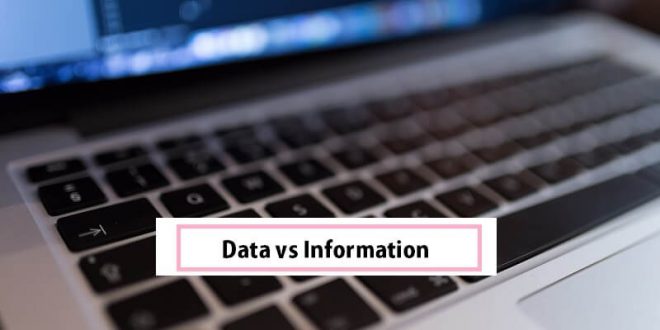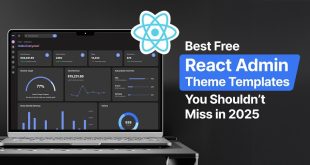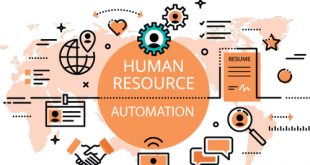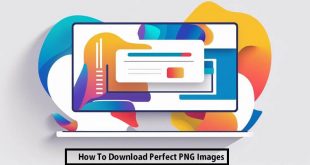In this post, To help you understand what data vs information means and how you can use them to benefit your organization, we are going further into the discussion of this topic in this article. Additionally, you will have a better understanding of data management success factors.
Many fundamental ideas, such as data and information, are essential to the areas of computers and decision. Information is processed, arranged, and structured knowledge; on the other hand, data is unprocessed, unarranged, and unstructured text, observation, picture, symbol, or description. In some other way, it aids in decision-making since it puts the data into a proper perspective.
What is Data?
Rough statistics and factual information gathered for study or reference are called data. A piece of data has no impact since it isn’t contextualized. Data in an electronic format is storable. The unprocessed data is then transformed into information. But keep in mind that there’s another definition of data; in computers, ‘data‘ is defined as information that has been converted into a format that can be handled or sent.
How does data collection work for your company? It varies, is the response. Forms on your website may help gather data. However, keep in mind that data might vary greatly. For example, contacts with leads, workers, providers, and consumers can all be useful when gathering data.
Customer relationship management, or CRM, enters the scene in this situation. Centralizing lead and customer data in a CRM is one approach to make sure your business handles it correctly. From there, other software in the organization’s tech stack can improve it.
Comparing Qualitative and Quantitative Data
Remember that data comes in two flavors: quantitative and qualitative. It might be easier to appreciate each of their distinct advantages if you are aware of the important distinctions between the two. Quantitative data is directly tied to quantity, but qualitative data is related to measuring something’s quality. The answers from visitors to a form on your website asking how you’re doing, for example, are qualitative data. On the other hand, the quantity of visitors who complete the form is quantifiable.
What is information?
The primary distinction between data and information is that the latter provides context through the processes of interpretation, processing, and organization. Since information may affect decisions, the conversion of raw data into information has significant significance.
If you’re interested in learning more about the function information serves in your company, remember that decision-makers need to have access to accurate and timely information. Information is only as valuable as its quality, of course, which is why consistency and accuracy are essential.
In what ways are information and data distinct from one another?
- Information provides context, whereas data is a collection of facts or figures.
- Your data depends on your information, not the other way around.
- Information needs organization; data needs to be more organized.
- Meaning is not inherent in data. It can only serve a function and turn into information when it is examined and evaluated.
- Information, with its context, provides a clearer picture than data, which is insufficient for making judgments.
- While information is frequently provided verbally, data is typically presented mathematically.
What transforms data into information?
Statistician Nate Silver states in his book The Signal and the Noise that the data cannot speak by themselves. In their stead, we speak. We give them significance.
When thinking about how data might become information, keep this in mind. Data-to-information conversion has two main components. Context and interpretation are two of these. With them, raw data is just a collection of exciting but usable facts and numbers.
So how does information get from data? There are several options
- Processing is gathering, logging, structuring, and preserving your data (for example, keeping it secure in your CRM).
- Interpreting is the process of trying to make sense of data and facts. Then, they will be provided with context so that they make sense in a commercial setting.
- Organizing data must be stored so that your business can utilize it to inform choices. One way to accomplish this would be to sync it with other applications.
Which best practices apply to information and data of the highest ability?
Having high-quality data is essential to getting accurate and dependable business insights. The best approach to ensure this is to optimize your company’s data lifecycle at every level. This may entail doing actions like:
- Storing information morally and securely.
- Obtaining accurate and trustworthy data in a uniform format.
- Preserving data through enrichment and validation.
- Use structured data to improve your website and make life easier for your consumers.
- Ensure that your apps are in sync. This gives you a comprehensive overview of all of your data, independent of the program that acquired it.
- Making effective use of your data to transform it into trustworthy knowledge that guides choices.
- Removing faulty or out-of-date information.
- Arranging data to improve its readability, searchability, and usability.
You can maximize the data gathered from it if your applications communicate with high-quality data. One way to do this is by implementing automated data reporting that provides insightful information and is visible to the important stakeholders in your company. Keep in mind that gathering information is only beneficial for your company if it is current and pertinent.
Examples of Data and Information in a Business Setting
Now that you are aware of the differences between these two ideas, it will be easier to assess instances of data vs. information in real-world situations. Here are some concrete illustrations of what information and data look like in real life.
Data Examples
- How many people visit a website in a specific month
- The date and time a customer purchased from your online store
- The sum of a customer’s subscription
Instances of Data
- As a telephone number
- Realizing that the growth of organic traffic to your website is outpacing that of direct traffic
- Finding the time of day when your online store has the most transactions
- The average contract value per year (ACV) for subscription accounts
How can businesses make the most of data and information?
Thus, what role do information and data play? In all honesty, the response is everywhere. There are several advantages when your company places a high priority on data gathering, analysis, and application. Using intuition to gauge a company’s success and well-being is never sufficient. It would be preferable if you supported judgments with relevant and high-quality data instead.
For example, you may be gathering information on the amount of time visitors spend on a certain page of your website before leaving. Through organization and interpretation, you might have a deeper grasp of why that would be. Then, if there is a problem, take the necessary action to fix it.
However, keep in mind that high-quality data and information are required if you plan to use them to influence company choices. Using data quality in decision-making can have negative effects if it is not routinely monitored. Additionally, you should strive to avoid creating information silos since accessible data is the best kind.
Conclusion: Data vs Information
To sum up, data vs information is an intertwined term; however, it plays a different part in the overall picture of reality. Information is referred to as facts that are unadulterated and unanalyzed but from which information is derived. However, information is the best term to describe data when it is understood and put into content and usable form.
Living in a world dominated by data and information, it becomes particularly important to learn how to use data to our advantage. Let’s work on understanding these ties in a broader sense, focusing on generating and employing knowledge that will help solve the issues rather than just providing data to work with. Thus, we and our organizations strengthen ourselves and build our long-term resistance to the existing and future conditions.
 free html design Free html design templates
free html design Free html design templates






